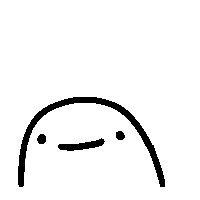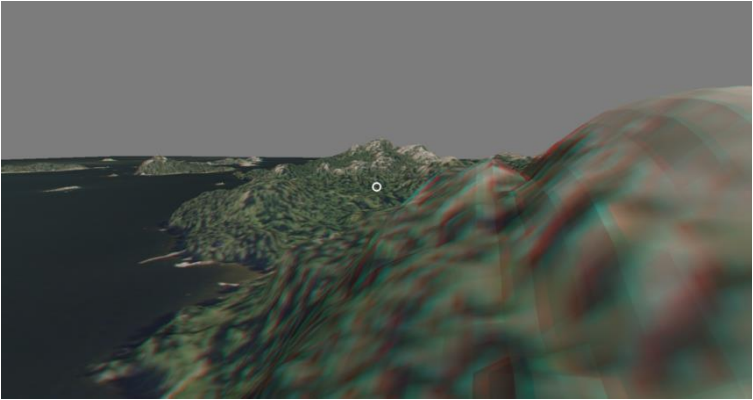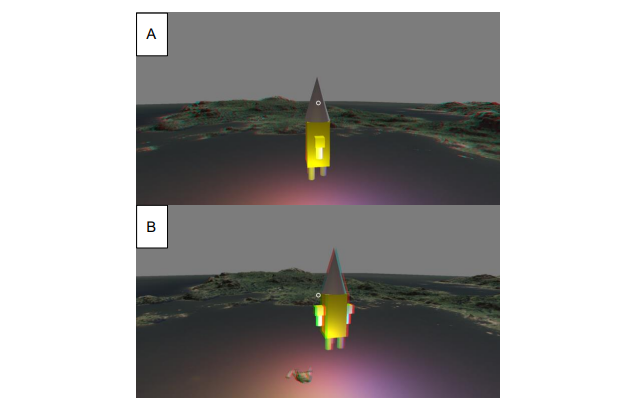Zachariah Lee's Portfolio

you can call me Zach!
About
Fourth Year student studying Computer Science with High Performance Graphics and Games Engineering, predicted to graduate with First Class Honours BSc, MEng in 2025. Experienced in collaboration and project management through academic group projects and being part a university society committee member.
Contact and Links
- E-mail: zachariah.lee2003@gmail.com
- Telephone: +44 07393226258
- GitHub: @Blo0o0o0
- LinkedIn: linkedin.com/in/zachariah-lee-709a83229
- CV: Download PDF here
Projects
Vulkan (+ MoltenVk) Renderer
I created a renderer with C++ using the Vulkan API as part of a coursework at University.
This was originally made on Linux machines, but as my personal computer is MacOS I decided to take it upon myself to learn MoltenVk and run it on my own device.
The renderer uses a physically based shading model with a Lambrtian diffuse component and a specular component based on a microfacet BRDF using the Beckmann normal distribution function. It uses normal maps and has multiple Debug visualisations such as mipmap levels, depth, partial derivatives, overdraw/overshading and vertex density.
- Source code available on request
Raytracing Renderer
I created a Raytracer as part of a coursework at univeristy
The renderer was coded in C++ has a side by side comparison with the equivalent scene which uses OpenGL to render the scene rasterised. The raytracer can run as a recursive raytracer and as a path tracer running over a number of samples.
The raytracer uses phong shading, and can render scenes with hard shadows with point lights/soft shadows with area lights, impulse reflections, transparent objects with refraction and the fresnel effect, monte-carlo sampling with next event estimation for indirect lighting, anti-aliasing and caustics.
- Source code available on request
Accepted to the British Conference of Undergraduate Research!
Alleviating Anaglyph 3D ghosting
This was my undergraduate final year project which achieved a first class grade, it tackled the issue of ghosting (crosstalk) in Anaglyph (red-cyan) 3D.
As opposed to the many techniques currently that tackle ghosting with colour correction. My project tackled the issue without degrading colour quality by changing the focus plane in real time to what is being looked at.
I demonstrated this by building a 3D renderer in C++ with the OpenGL framework. The abstract of the full report can be read by clicking read more:
Abstract:
Anaglyph (Red-Cyan) 3D is a method of showing a stereoscopic 3D effect through a combination of colour encoded media and colour filter glasses. Issues include ghosting, where light for one eye is incompletely filtered and perceived by the other eye. This causes poor image quality and a reduced ability to perceive depth information. Current fixes for Anaglyph 3D involve optimising colours of the image to align with the display and glasses used. This reduces ghosting but the colour quality of the image is negatively impacted and requires specialised hardware such as a colorimeter. This project aimed to alleviate ghosting while preserving colour quality and depth perception by utilising the fact that ghosting is proportional to the parallax of the object, which is the distance between the object as perceived in each eye. A renderer was built that readjusts the focus plane in real time to where the user is focusing, which minimised parallax in the focused area. 9 participants were asked to use colour correction via gamma adjustment to alleviate ghosting with and without focus plane adjustment. Results showed focus plane adjustment required 71.5% less gamma adjustment, and in some test cases most participants required no adjustment. Although newer forms of presenting 3D such as polarised lenses are now widespread, Anaglyph 3D does not require specialised displays, is cost-efficient, and is the only way of presenting 3D effects on printed media. This fix is a highly accessible way of reducing ghosting as it does not require additional specialised hardware.
- The full report can be read here
Animation and Physics Engine
I created a renderer which contains components which handles animation and one that handles collision physics as part of a coursework at univeristy
The renderer was coded in C++. The first part of the coursework involved reading in multiple .bvh files to draw and animate the skeletal frame, and to blend between different animations.
The second part involved creating a simple physics engine, I coded collision detection between the spheres, the spheres and the terrain, and the spheres and the skeleton. This involved keeping track of the state of each object, and i used impulses for collision response. I used euler intergration to update each object.
- Source code available on request
Farming and Demon Summoning Simulator 2024
I returned to also do Ludum Dare 54 Game Jam with another person as a group project. The theme for this game jam was "Summoning" and we decided to make a gardening game akin to cozy games such as Stardew Valley and Animal Crossing.
The game was coded in C# in Unity and the version control was handled through GitHub.
The gameplay controls were inspired by cozy gardening games such as Stardew Valley, but for this game we added a puzzle element where the goal was to summon creatures by planting flowers in specific patterns on the soil. These patterns were found in a spellbook and would be partially filled in, the rest of the pattern would have to be deducted through rules such as a daffofil could not be planted next to other plants. This gave the puzzle a sudoku like feel.
Parts of the game that I contributed to are the tiling system code, animation code, Menu and UI control code, some of the level design, and most of the art.
We Suck At Deliveries
I made this game as part of the Ludum Dare 53 Game Jam with another person as a group project. The theme for this game jam was "Delivery" and we decided to make a game about a delivery company receiving and shipping packages.
The game was coded in C# in Unity and the version control was handled through GitHub.
The gameplay controls took inspiration from the level select screen in the Overcooked video game series. The core gameplay loop involves sucking up parcels from shops to drive to and shoot at target homes. This was achieved by having a shop manager which allocated parcels to homes and spawns them, and through a collector class which handled recieving the package, additionally there was an inventory system which recorded which parcels you had in the van. There was also a game over system inspired by the video game Mini Metro where if there were too many unsent parcels it would activate a timer and after a set time if there were still too many unsent parcels it would trigger a game over
Parts of the game that I contributed to are the camera physics and control code, the code of the UI elements and menu, parts of the level design and 3D modelling and most of the sprite art and UI art.
Ray Casting Project (First Person Snake)
I did this project to explore the algoithms of ray casting, as I have an interest in the math and technology of computer graphics
This was coded in python with the pygame module
After researching and reviewing articles and pages on ray casting, i decided to try to code an implementation in python. I did this by building a grid of tiles that signify if there is a wall there or not, and given the players position and its forward facing direction cast rays from different angles relative to the player, each ray recording the distance to the closest wall from that angle. With this information i can then construct a view with each ray contributing a slice of the screen, with shorter slices representing walls that are far away and vice versa. It was quite challenging to work out the code as opposed to traditional vector directions, pygame's y vector is reversed.
Additionally I added the ability to jump, though this was a trick of the rendering, I simply moved the slices down inversely proportional to the jumping height to create the illusion of jumping.
As an afterthought, I added the game snake to the project, this was achieved by adding a 'trail' to the player with varying length, and a 'fruit' to be collected by walking into it, the fruit is functionally the same as a wall but once the player touches it, it dissapears and another fruit is spawned at a random point in the map. Each fruit increments the trail length by one, of which is a history of the players movement, which is filled with walls to simulate the snake body
As a consequence to this, there is now a lose condition, if the player is walled in by its own body and/or the wall, then the screen will flash a message to say that the player has lost, and to press the x key to exit the game (the x key could always be pressed to leave the game but it not explicitly mentioned until now)
A lot of the development of the code was actually pen and paper working out of the algorithm, the rendering was also quite tedious as I orignally set the relationship between distance and slice size to be linear, which caused a "fish-eye" like effect, eventually I used the square cube law to figure out that the slice size is proportional to the square of the distance.
- You can find the source code here

